Fluoridated toothpaste
Yes, you need to brush your baby’s teeth with toothpaste that has fluoride in it. Fluoride works by attaching itself to the tooth surface and then becoming a part of the enamel. This outer fluoride-rich layer of enamel is much stronger than regular enamel and helps prevent cavities.
How much toothpaste?
Simply use a smear – the size of a grain of rice. Rub the toothpaste into the bristles so you can get it onto the teeth before your baby sucks it off. Your baby will swallow all of this toothpaste. This is OK and will NOT hurt them.
Brushing
Your baby cannot brush on his or her own. Children need help until they can tie their own shoes, around 7-8 years old. You can let your baby play with the brush (without toothpaste and hopefully without them throwing it on the floor). and then when you are ready, get down to it!
Positioning your child for brushing (with help)
Some babies don’t mind parents brushing their teeth, and for others it is a huge struggle.
Ideally there are two adults at home to help. Let’s say mum and dad are both home. Sit on chairs facing each other with your knees touching. Your upper legs have now created a ‘bed’ for your child.
Mum (in this example) picks up her baby and holds him facing her with the baby’s legs wrapped around her waist. Mum then leans her baby down onto Dad’s lap while then keeping the baby’s legs still using her elbows and holding the baby’s hands down with her hands. Now that Mum is controlling the baby’s body and hands, Dad can brush! At the dental office, this is how many pediatric dentists do their exam on young and/or uncooperative children. You may need to use one hand to move the lips aside or place the fingers on the inside of the cheek for better access. If you really cannot get them to open their mouth or they keep biting the toothbrush and don’t let go, sometimes it helps to use something soft, even the handle of another toothbrush, to place on one side between the teeth while this now props the mouth open enough to brush the other side.
Positioning your child for brushing (by yourself)
If you are on your own with your child and do not have another adult to help, it is harder but possible.
One technique is to sit on the floor and position your child’s head in your lap with their legs in the same direction as yours. Then wrap your legs around your child’s arms and legs so they cannot kick you or grab the toothbrush from your hand. You may also ‘wrap’ them in a blanket to limit their mobility and make it easier for you to brush.
A third option is to sit in a chair and have your child sit on your lap, not facing you. Use one arm to keep their hands down and the other hand to brush their teeth. I understand that this is not easy and your child will likely scream and cry, but you are NOT hurting them and are a GOOD parent for taking care of their teeth. Your baby does not know what is best for them, but you do. The good news is that this rarely gets harder as time goes by – they will grow out of struggling over a toothbrush.
Brushing techniques
Depending on what positioning method you chose, brushing certain surfaces of your baby’s teeth will be easier or more difficult. If your baby doesn’t struggle at all, lucky you! The most common areas that are missed are along the gums, especially along the molars. When brushing the sides of the back teeth and the front of the front teeth, try to angle the toothbrush 45 degrees into the gums and use circular motions or small back-and-forth motions. Guidelines state that everyone should brush for two full minutes. Brush your baby’s teeth twice a day – morning and night.
Flossing
You need to floss every day between any of your baby’s teeth that are ‘tight.’ If they have teeth that are touching so that you cannot see between the teeth, these areas need to be flossed. Even with a good diet and daily brushing, very young children can get cavities between their teeth without flossing. You must do the flossing for them.
Rinsing
This is not necessary. Your baby does not need a mouth wash, and they do not need to try to rinse out the toothpaste. It is best for the toothpaste to stay on the surface of their teeth as long as possible. Put them right to bed after brushing at night so that all night long a thin layer of fluoride is strengthening their teeth.
Breastfeeding
Breastfeed as long as you would like. To keep the teeth healthy, you must brush their teeth after you are done breastfeeding. If you let your child go to sleep after breastfeeding without cleaning their teeth, the sugar (lactose) in your breastmilk sits on their teeth throughout the night and can lead to cavities.
Dental professionals also advise against ad libitum “at will” breastfeeding. This is particularly a problem at night when the baby is allowed to breastfeed whenever they like, often leaving milk (lactose) on the teeth for prolonged periods of time and increasing their risk for decay.
Bottles at night
Do not ever let your baby go to sleep at night with a bottle in their mouth or next to them. Unless there is pure water in that bottle, there is sugar present which will lead to cavities. You must clean your baby’s teeth before they go to bed and do not give them anything afterwards with sugar in it, watered down or not.
So many cases were seen of severe decay on infant’s teeth who were put to bed with a bottle, it was given the name of “baby bottle caries.” Please do not let this happen to your child, and break the habit as soon as possible.
Sippy cups
Pediatric dentists never recommend these. The biggest problem is similar to the “bottle at night” problem. Often parents do not put water in these cups, so now the child has access to sugar constantly. Whether it is milk or watered down juice or all-natural fruit juice, there is still sugar present. Sugar in liquid form is much more likely to cause cavities than in solid form because it coats the entire mouth. Try to transition your baby straight from a bottle to a cup. Another benefit of giving your child water, is that it is not such a big deal when they spill!
Water versus juice
Once you are no longer breastfeeding or using formula, your baby needs to drink water more than any other liquid. Ideally, your child would only drink water and would get all their other nutrients from the food they are eating. Realistically, try to limit juice to 4-6 ounces per day and only with meals, never as a snack. For children older than 6 months, fruit juice offers no nutritional benefits over whole fruits. Whole fruits also provide fiber and other nutrients.
Teething
Some babies go through teething around 4-7 months when the first teeth, usually the bottom two front teeth, break through the gums. Signs of teething include discomfort on the gums, irritability, and excessive saliva/drooling. Try cold items first (cooled in the fridge, never frozen). Examples: teething rings, pacifiers, or clean wet washcloths. Do not use topical anaesthetics such as a teething gel – they do not stay in place and your baby may accidentally swallow too much.
If pain medication is needed, use “systemic” pain medication that your child drinks, ie paracetamol. Always determine dose based on your baby’s weight, not age. You must know the weight of your child before giving them any pain medication to be sure you do not accidentally overdose your child. (Editor’s Note: Always read the label of any medicines, follow the instructions and ensure that the correct dosage is administered. Consult a doctor before giving medicines to children under 12 months of age.)
Pacifiers/dummies and finger-sucking
These habits are considered normal in infants and young children. If the habit persists after your child turns 4 years old and the sucking is forceful and frequent, this may result in long-term dental problems. A child’s teeth may become improperly aligned (malocclusion) or pushed outward, sometimes malforming the roof (upper palate) of the mouth. Malocclusion usually corrects itself when the child stops thumb-sucking or the dummy habit. The longer the habit continues, the more likely it is that orthodontic treatment will be needed.
First dental visit
Every baby should receive a dental exam by 12 months of age. This initial visit should include a medical and dental history, a thorough oral exam, an age-appropriate demonstration of brushing technique, a cleaning (prophy) and fluoride treatment if indicated. This is a great opportunity to have your questions answered and to have a discussion with your dentist about what you may be doing right, and what you may be able to improve upon to keep your baby’s teeth healthy.
With regular dental exams every 6 months, problems can be caught and corrected early. You never want to wait until your child has a cavity or pain to bring them to the dentist. Prevention is key!
Mum and Dad’s oral health
Did you know that if Mum and Dad have untreated cavities, your children are more likely to get cavities? If Mum gets her cavities fixed, she can decrease the numbers of cariogenic “bad, decay-causing” bacteria in her mouth. It’s then less likely that these bacteria get transferred to her baby, decreasing the baby’s chance of getting cavities.
Exciting new research of xylitol suggests that the use of xylitol chewing gum at least 2-3 times per day by Mum when pregnant and after delivery also decreases the transfer of bacteria to her baby.

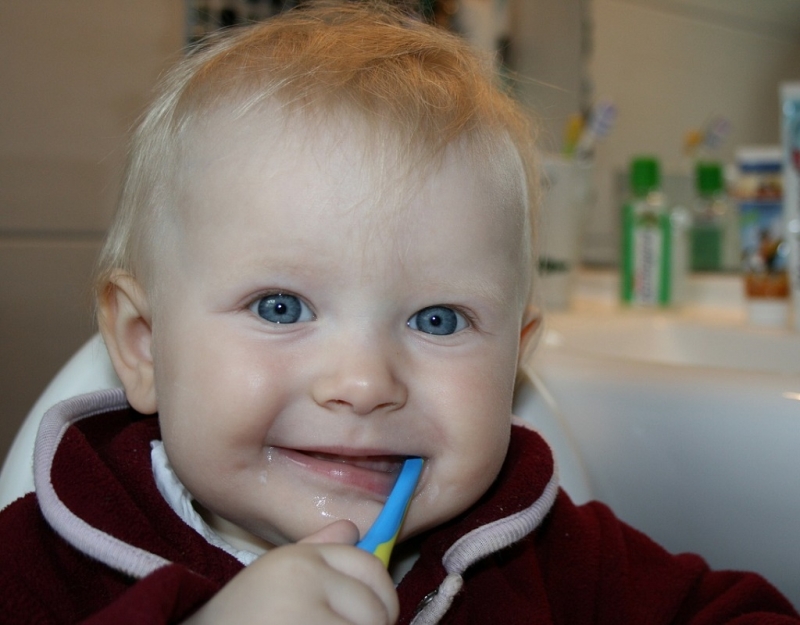

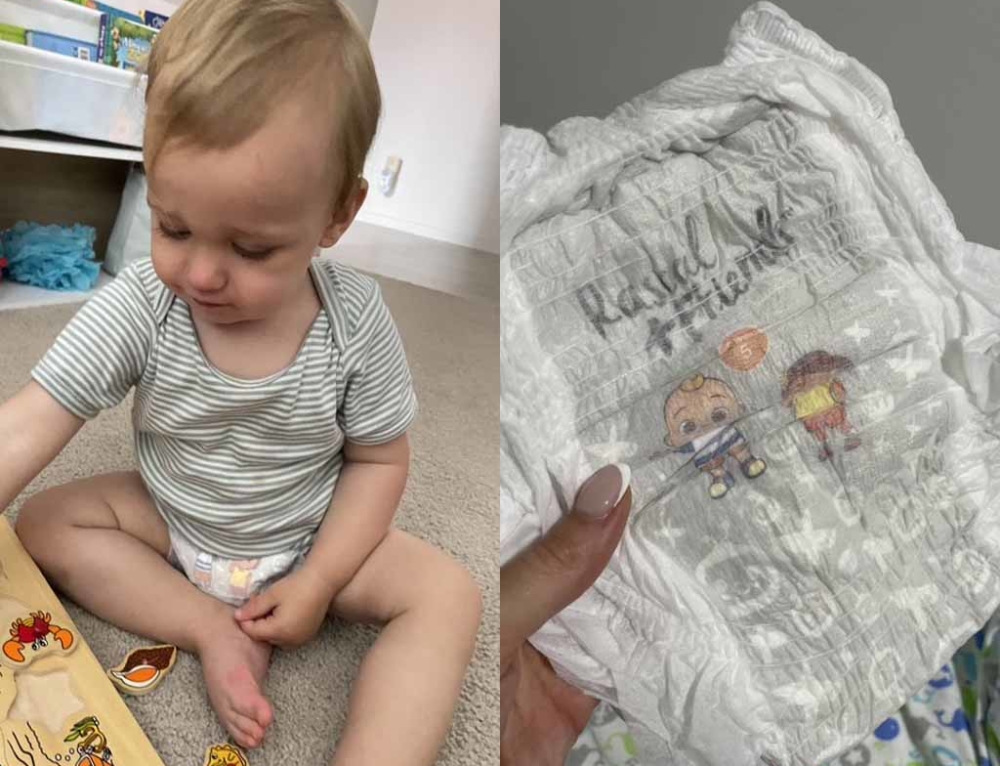
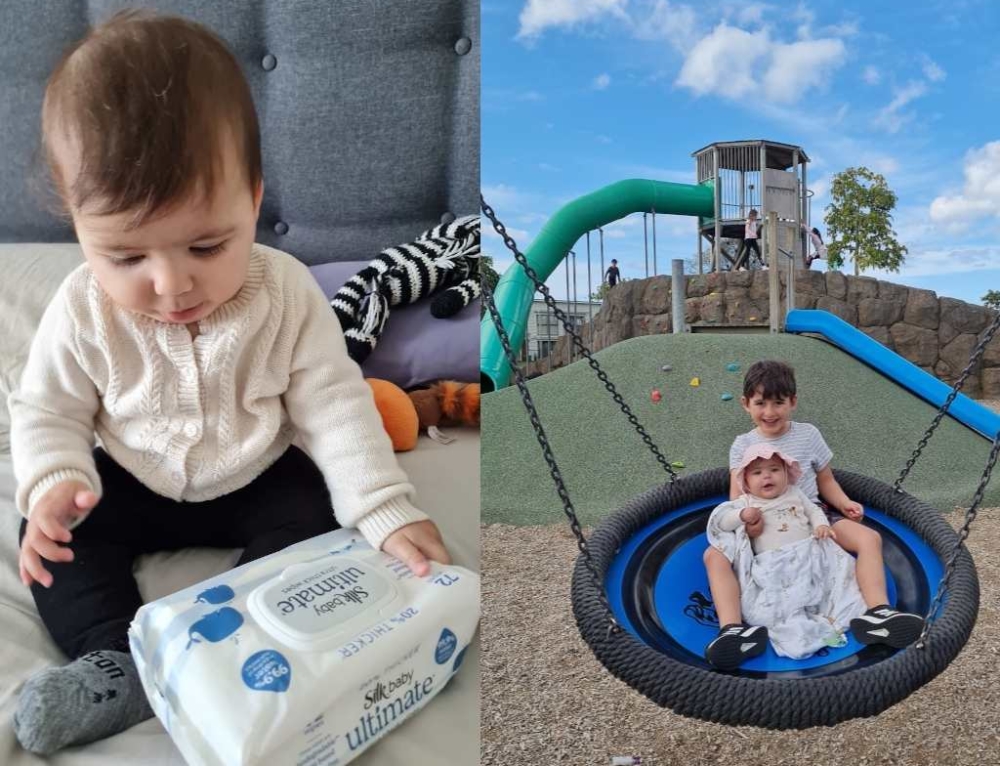
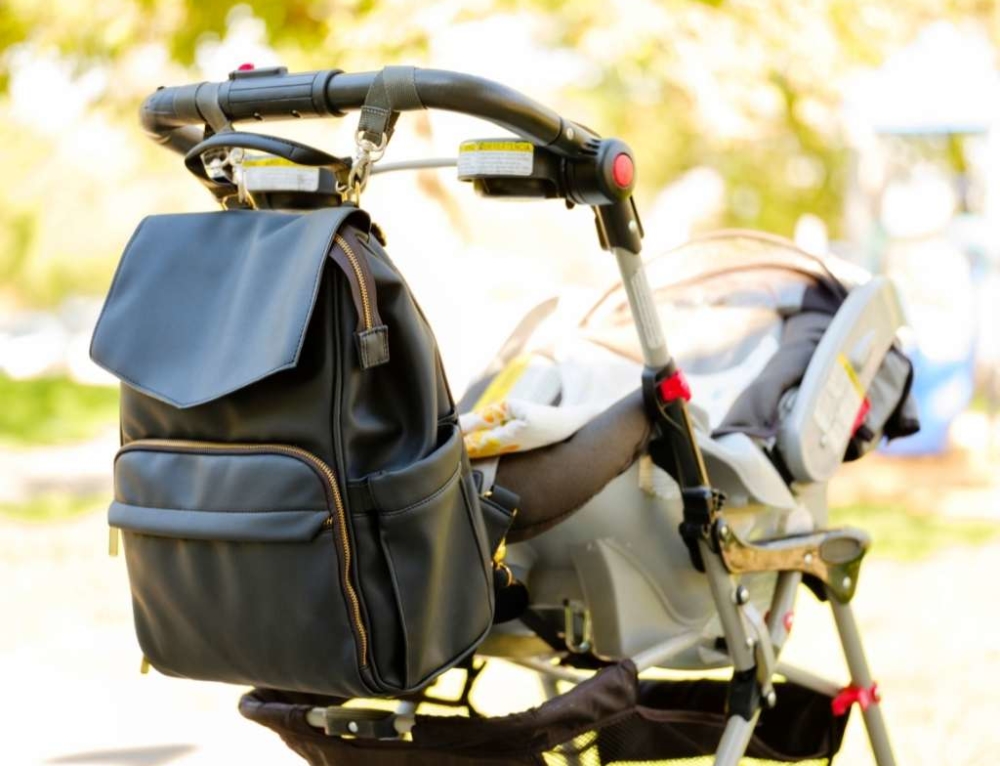
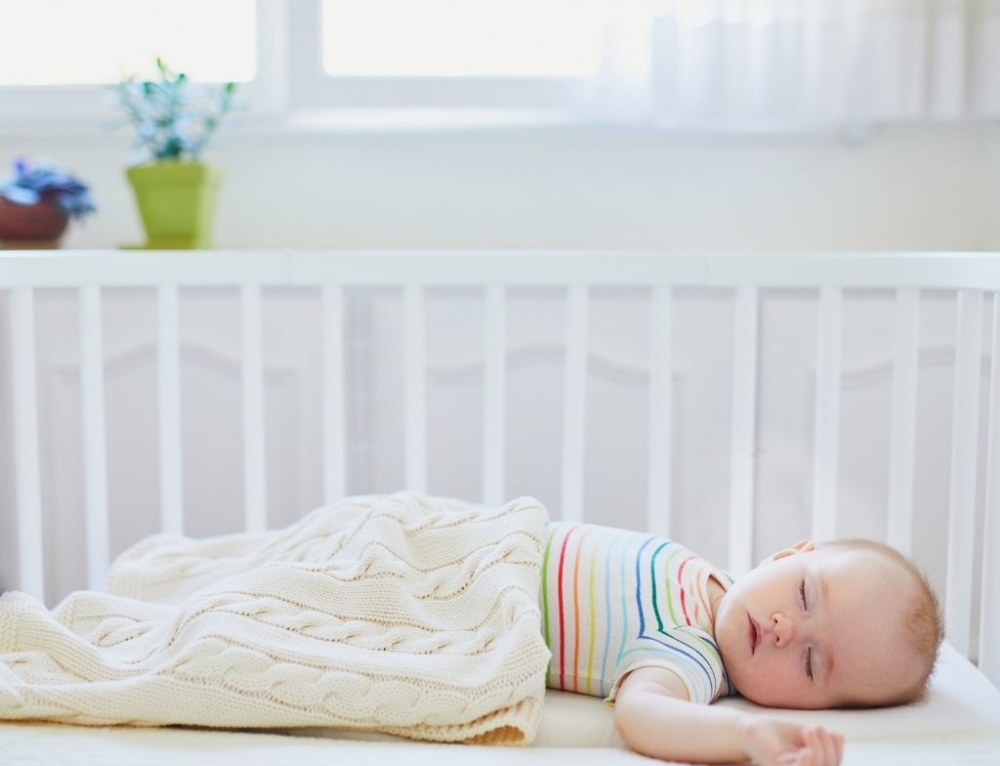
Leave A Comment
You must be logged in to post a comment.